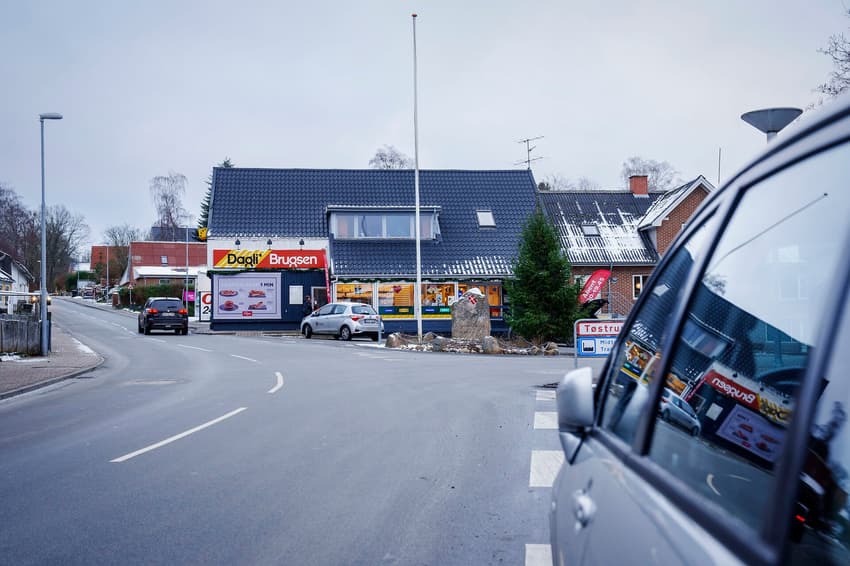Inflation falls in Denmark for second consecutive month

Consumer prices were up 8.7 percent last month compared to December 2021, but the inflation rate has now dropped in each of the last two months.
The latest inflation figure was published by Statistics Denmark on Tuesday and could be a source of “huge relief” that inflation has now peaked, an expert said.
“Danes have faced the highest inflation for 40 years and that has already dug deep into their wallets. Declining inflation will undoubtedly cause some happiness and relief for many Danes,” senior economist Jeppe Juul Borre of Arbejdernes Landsbank told news wire Ritzau.
Energy continues to be a driving factor in high prices, Statistics Denmark states.
But prices increased at a lower rate than the previous month between October and November – the first drop in inflation for some time.
In November, inflation was calculated to be 8.9 percent, compared to 10.1 percent in October.
Despite the apparently encouraging trend, another measure of inflation suggests that there may still be bumpy times ahead.
“Core inflation” or kerneinflation is the inflation of prices excluding food and energy prices and is sometimes used by economists as a measure of how entrenched inflation has become.
“Core inflation is increasing. It can react with some delay, however. We expect both overall and underlying inflation to decline during the year,” said Allan Sørensen, senior economist with the Confederation of Danish Industry (DI), in a written comment.
“Falling prices for oil, petrol and raw materials such as steed, wood and grain will help to bring down inflation. The large decrease in transport rates will also help to take the strain off import costs,” he said.
“If prices continue at the current level, that will soon help to give a considerable reduction to inflation in the coming months,” he said.
READ ALSO: How much will energy cost in 2023 in Denmark compared to 2022?
Comments
See Also
The latest inflation figure was published by Statistics Denmark on Tuesday and could be a source of “huge relief” that inflation has now peaked, an expert said.
“Danes have faced the highest inflation for 40 years and that has already dug deep into their wallets. Declining inflation will undoubtedly cause some happiness and relief for many Danes,” senior economist Jeppe Juul Borre of Arbejdernes Landsbank told news wire Ritzau.
Energy continues to be a driving factor in high prices, Statistics Denmark states.
But prices increased at a lower rate than the previous month between October and November – the first drop in inflation for some time.
In November, inflation was calculated to be 8.9 percent, compared to 10.1 percent in October.
Despite the apparently encouraging trend, another measure of inflation suggests that there may still be bumpy times ahead.
“Core inflation” or kerneinflation is the inflation of prices excluding food and energy prices and is sometimes used by economists as a measure of how entrenched inflation has become.
“Core inflation is increasing. It can react with some delay, however. We expect both overall and underlying inflation to decline during the year,” said Allan Sørensen, senior economist with the Confederation of Danish Industry (DI), in a written comment.
“Falling prices for oil, petrol and raw materials such as steed, wood and grain will help to bring down inflation. The large decrease in transport rates will also help to take the strain off import costs,” he said.
“If prices continue at the current level, that will soon help to give a considerable reduction to inflation in the coming months,” he said.
READ ALSO: How much will energy cost in 2023 in Denmark compared to 2022?
Join the conversation in our comments section below. Share your own views and experience and if you have a question or suggestion for our journalists then email us at [email protected].
Please keep comments civil, constructive and on topic – and make sure to read our terms of use before getting involved.
Please log in here to leave a comment.